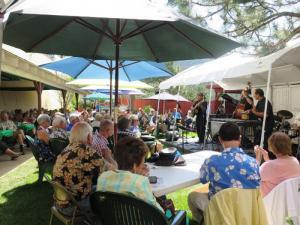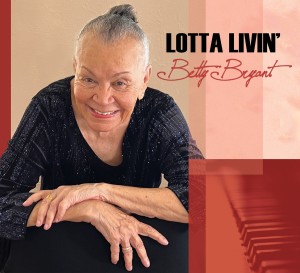I do most of my swing dancing in Sheffield, South Yorkshire—proud home of British steel, a hub of the Industrial Revolution and birthplace of Arctic Monkeys, whose 2005 hit single lends its name to this piece. Now, the Arctics aren’t a jazz band—their thumping indie rock bangers are more reminiscent of Sheffield’s steel-beating steam hammers of old. But I often find myself nearly-naming their aforementioned hit (replace “look” with “feel”) when trying to coax some of my Lindy Hop students out after class.
“Come to the social,” I implore. “Come and try out what you’ve learned!” But too often the answer is “No,” followed by “I’ll feel silly,” or “I don’t know enough steps,” or “I’ve only had one lesson” or somesuch tosh—as if dancing is something you’re only allowed to do if you’re already good at it. (Have they never been to a wedding?)
What they don’t yet understand is that dance classes only teach so much. Steps, they can show you—rhythm, connection and flow, less so. What’s more, practicing swing dance (unlike learning piano scales or working on your core strength) is just about the most fun to be had practicing anything. The “practice” is both the means and the end and should be enjoyable, however (in)experienced the dancer.
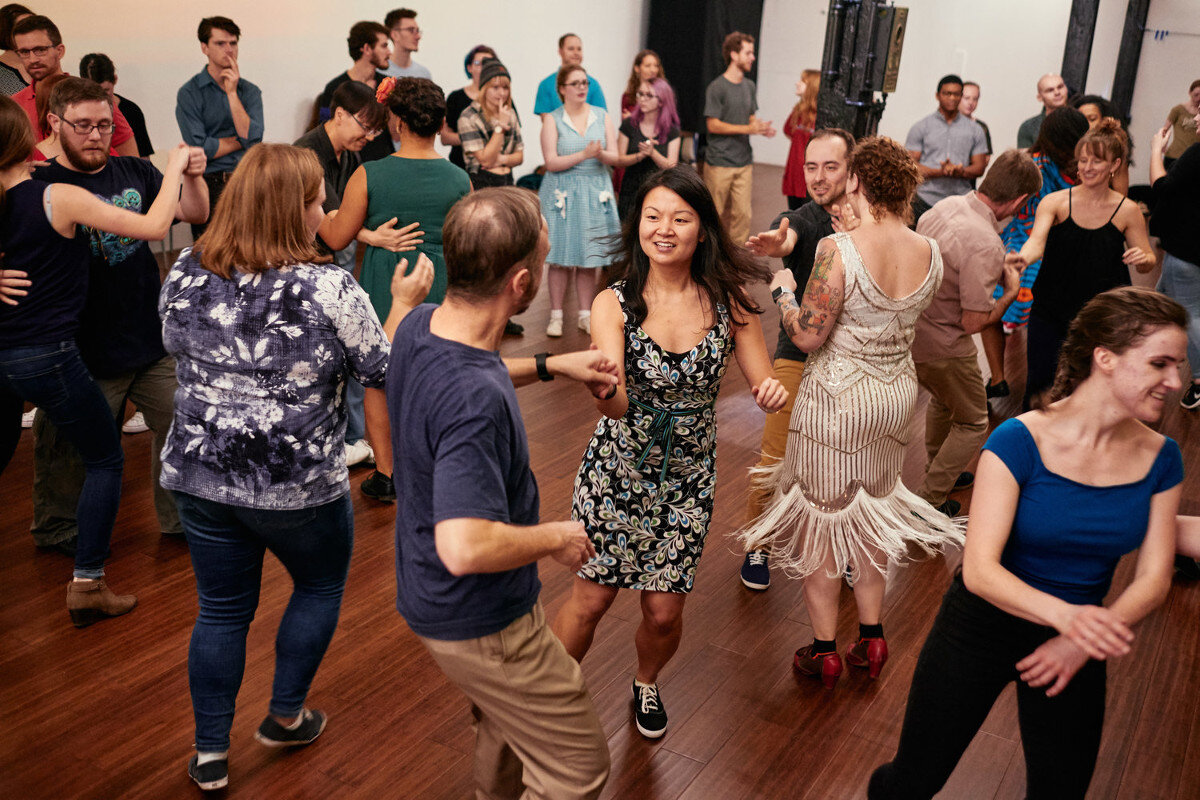
So here are a few things for beginners to bear in mind, when turning down that invitation to go out dancing—which was why you came to class in the first place, wasn’t it? For those smart enough to take up the offer, there follow a few tips on how to get the most out of that first foray on the friendliest and most forgiving of floors.
One step is all it takes…
The most common excuse for not joining in is a dearth of steps to play with. This is understandable—when you’ve seen how others swing out, spin, and swivel, it’s easy to think that a competent dancer is one who offers their partner endless variety. Sadly, for the beginner seeking excuses, this simply isn’t so. In fact, my very favorite dance of the last six months or so used only one movement.
The venue was Sheffield’s Crookes Social Club, on an icy Saturday in December. The song was “I Can’t Give You Anything But Love”—and all I did was hop from foot to foot, in time with the singing and solos, pausing momentarily with the melody—or whenever I felt like. (See my feature on musicality in swing dance, if this sounds completely bonkers.) My partner gamely mirrored me hop for hop, break for break—in single, double, and half time. We laughed throughout and high-fived afterwards, praising a dance well-led and -followed.
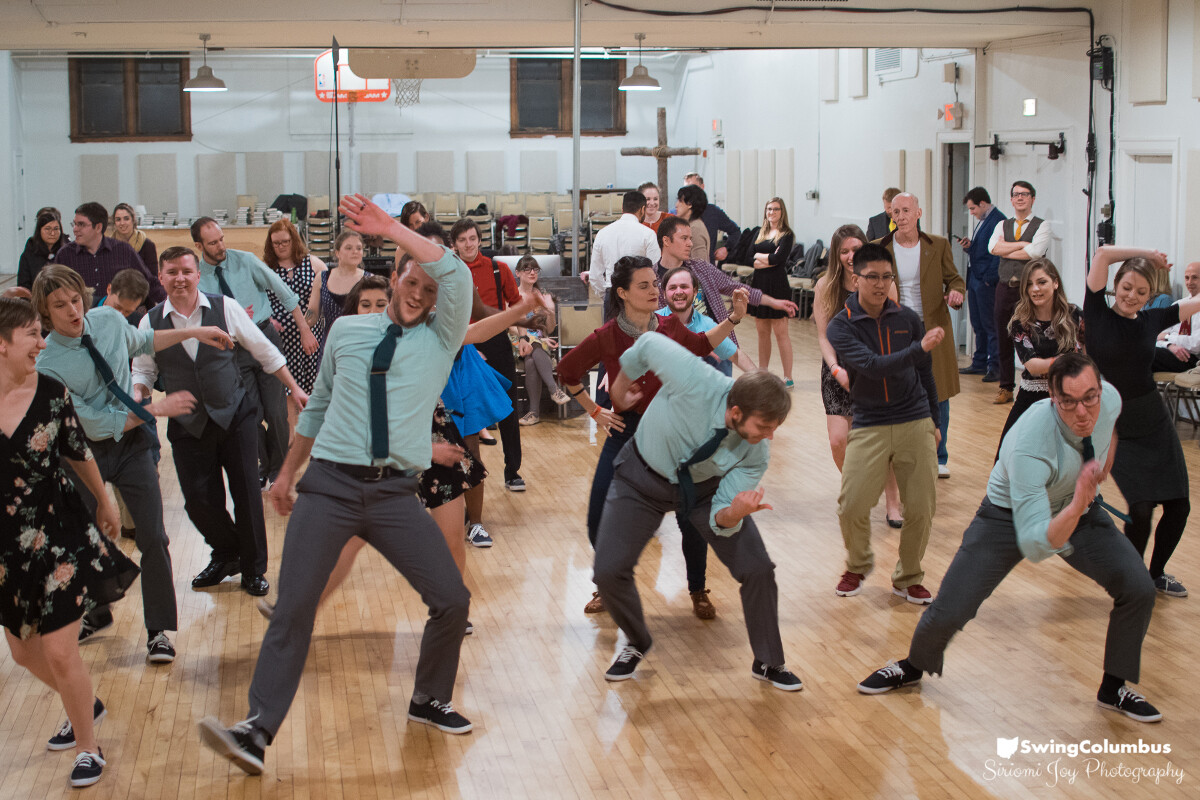
Most experienced dancers will tell you that this is what a really good dance feels like. Unless you’re gunning for competition glory, a strong connection is key—what it looks like is irrelevant. So to the novice fretting that an eight-count basic and a basic circle aren’t enough to play with, that’s one more technique than you truly need. Just jump in, enjoy the music and polish that basic until it’s second nature—the spins and swivels will come easily, later.
Ain’t no shame in being a beginner…
Every experienced dancer out there, wowing you with dips and tricks, first had to get their head around rock-step-triple-step. We’ve all teetered on the dance floor’s edge, feeling overwhelmed, wondering if we were really ready. Everyone remembers what that felt like, so everyone is sympathetic to it. Admit you’re a novice and pros won’t recoil in disgust—they’ll smile knowingly, before offering a confidence-boosting, beginner-friendly shuffle. (You’ll pay this favor forward, one day.)
All the best ideas are stolen…
Watching other people dance and copying them is a great way to pick up new steps and recall old ones. If you’ve just been to one or two classes, then you’ve only learned a few basic moves. Your classmates will use these same steps most of the time—even at an advanced level, social Lindy hop is mostly basics and circles sprinkled with slides and turns.
Good basics are another foundation of good dancing. So if you don’t want to forget what you learned in class (it cost you money, after all), socials will burn it into your brain. Also keep in mind that one class is more than many old-timers had. The original Lindy hoppers learned their skills at the dance hall, by copying the cool cats around them (when they weren’t just making it up for others to copy). So drop that “one class isn’t enough” rubbish, already.
Assuming you’re convinced that it’s time to step out, there are a few ways to make the experience fun. (Did I mention that this is supposed to be fun?)
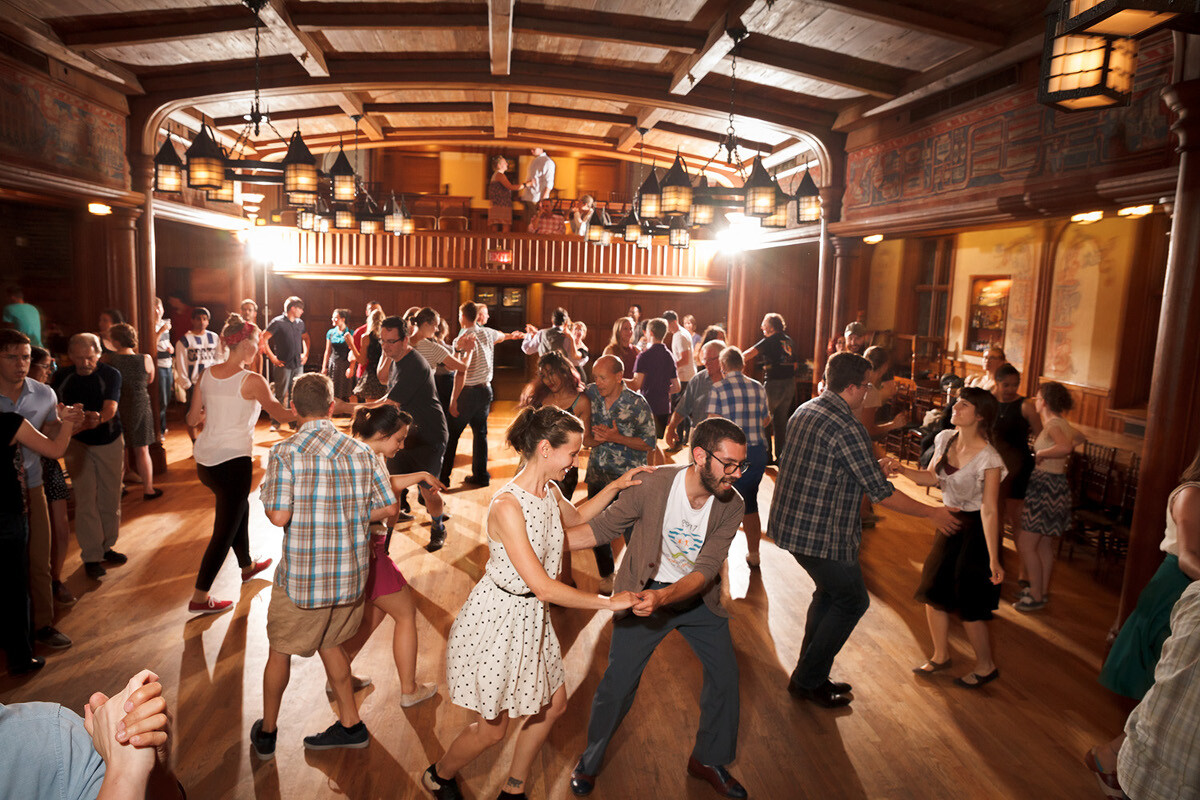
1. Don’t wait to be asked—ask first. It’s always a complement to be asked, whoever is asking, so you’re immediately getting on your partner’s good side. If you can’t bear to ask, then at least look eager to be asked. Put that drink down, stand near the dance floor and smile—you’ll be scooped up in no time. Still, taking the initiative is best as you can…
2. Avoid dancing with beginners. It’s tempting to warm up with fellow Lindy minnows, but sticking to the shallows is a bad move—you won’t learn much from other novices. Worse still, your combined mistakes will leave you both convinced that you are just irredeemably bad. Seek an experienced partner—heck, find the teacher—and remind them that you only know two steps. Think of them as seals, not sharks, who will very likely take good care of you (or si’ thi’ reyt, as Sheffield folk say). That being said…
3. Don’t be disheartened if a dance goes “badly.” Not that it can go too badly, unless someone gets hurt. But if you can’t laugh off a crappy dance, then know this: if a longtime Lindy hopper didn’t make it easy for you, then they aren’t a good dancer. Try someone else, or find that teacher and prepare to learn what dancing should feel like. The more people you dance with, the better your dancing will become. And remember that you can always…
4. Ask for feedback if you want it, though don’t feel obliged. If you really feel like something was amiss, see what your partner thinks. They might have a useful tip, or direct you to someone who will. That said, this isn’t class—you’re here to enjoy yourself, not agonize over footwork. And while we’re at it…
5. Stop apologizing for your inexperience. You are not “inflicting” yourself on anyone—as long as you aren’t kicking your partners, then they’re probably having a good time. (They’re dancing, after all.) In fact, dancing well with a newbie is a great ego boost to the experienced hopper, as it shows that they can lead and follow well against all the odds.
The swing dancer who attends classes and never a social is the driver who takes endless lessons but never buys a car—what was the point? But it’s worse still—a dancer who doesn’t freestyle (without cues from teacher) is missing out on at least half of the learning experience.
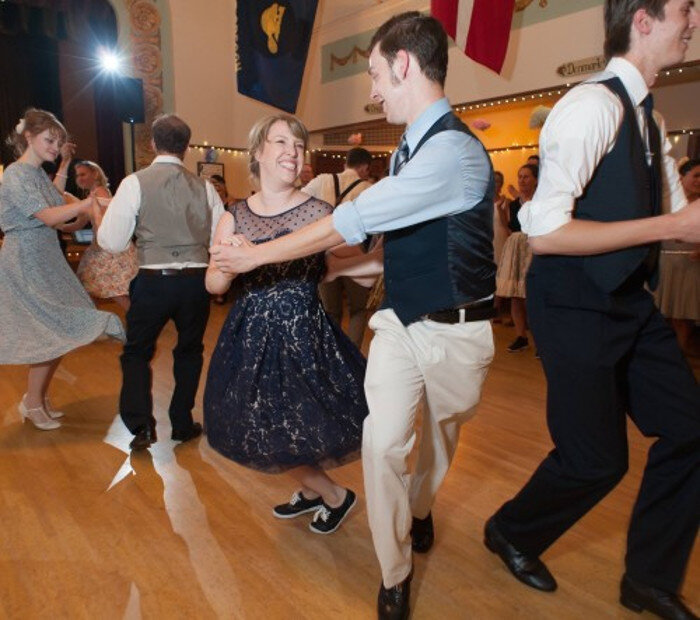
Learning a new thing is scary, as is performing it in front of people you don’t know. Beginner Lindy hop involves both, so nerves are completely understandable. But believe me—if it’s confidence you’re lacking, the social dance floor is where you’ll find some. So, I’ll ask you again—are you coming dancing, or what…?











